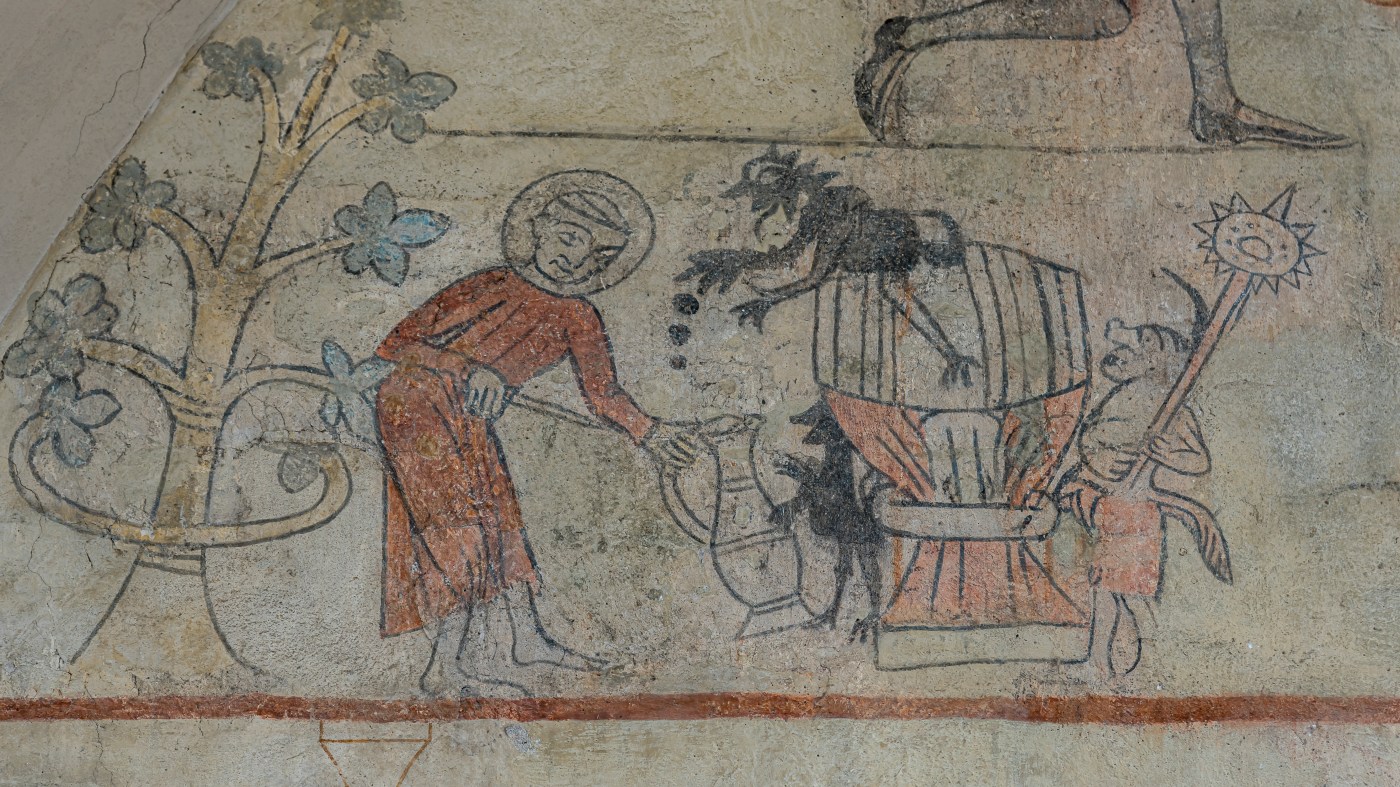
We know that beer is old, but how old exactly?
Related Articles
Not just for wine lovers: A brewery day trip to Paso Robles
What Sierra Nevada Pale Ale’s unusual World Beer Cup win means
Brewery Day Trip: Santa Cruz, Soquel and Scotts Valley
Bay Area breweries win big at state and international competitions
Anthropologists and archaeologists have found evidence placing the earliest beer brewing at least 6,000 years ago in ancient Mesopotamia (part of the Fertile Crescent of the Middle East in modern-day Iraq). Around the same time, beer was also being brewed in China, Egypt and even the Americas.
And more recent research suggests beer was accidentally discovered as early as 10,000 B.C.E., or over 12,000 years ago by the Natufian people, who were ancestors of the Sumerians from the Levant, the historical area of the Eastern Mediterranean and today’s Middle East.
History’s first goddess of beer
Beer was likely one of the main reasons for the Neolithic or Agricultural Revolution, when hunter-gatherer societies shifted from nomadic life to staying in one place to form agricultural communities. Naturally, given beer’s importance to early civilizations, there were numerous deities associated with beer and brewing. The earliest goddess of beer we know of was Ninkasi, worshipped by the ancient Sumerians nearly 5,000 years ago.
Ninkasi was the daughter of Enki, the Sumerian god of water, and Ninti, or “mistress of life,” and her name is likely translated as “mistress of beer.” She also may have had a less well-known sister named Siris, who was similarly associated with beer. Curiously, especially given her importance to Sumerian daily life, there are no images of her that have been definitively identified from ancient times.
A monk pours beer from a barrel on an ancient fresco on the east wall in Orslev church in Denmark. (Courtesy Getty Images/iStockphoto)
What did ancient beer taste like?
If you had a time machine and went to ancient Sumer for a quick pint, you would likely be disappointed — it was different enough from modern beer that you’d hardly recognize it.
The only similarities between ancient and modern beers are that they are both made with a grain like barley or wheat and fermented by yeast. However, ancient beer was made with wild yeast instead and contained no hops, since they didn’t grow in the Middle East and weren’t commonly added to beer until the 13th century.
It would have been very thick and cloudy from being unfiltered, more like porridge or gruel than a bright golden pilsner — in a way, the original hazy. Without the bitter balance of hops, it was likely very sweet and quite sour. Many ancient recipes called for a wide variety of other ingredients, not unlike what we call gruits, herb blends used instead of hops for seasoning beer, such as dates, safflower, grapes, coriander, fenugreek, honey, and many others.
The oldest known mention of brewing techniques is the famous “Hymn to Ninkasi,” a tribute to the beer goddess written in cuneiform on a clay tablet around 1800 B.C.E. Three copies of the hymn are known to exist, and today they are in museums in Berlin, Istanbul and Paris. It’s often claimed that it’s also a recipe for brewing ancient beer, and several attempts have been made to reproduce it based on the instructions on the tablet.
Professor Miguel Civil, left, worked on an ancient beer recipe with former Anchor Brewing owner Fritz Maytag, right, to create Ninkasi beer in 1989. (Anchor Brewing Co.)
The first was famously undertaken by Anchor Brewing in 1989 under the name “Ninkasi Sumerian Beer.” Since then, other scholars have attempted to re-create it. But the problem is that there are at least three translations of the original text, and they differ significantly, especially when describing the brewing process. At best, the hymn is incomplete; at worst is only meant as a tribute and not an instruction manual. In every attempt to make Sumerian beer, many interpretations and wild guesses had to be made. Each attempt turned out very differently.
Another difference with ancient beer is that it wasn’t typically served in individual cups. Instead, people stood or sat around a tall clay pot, communally drinking from it through a long reed straw, often with small holes at the bottom to filter out larger particles at the bottom. It was not chilled, and since it would only last a few days, it was almost always consumed fresh.
Ninkasi in Oregon
Diners enjoy the courtyard at Ninkasi Brewing in Eugene, Oregon. (Carol Pucci/Seattle Times/MCT)
Related Articles
Not just for wine lovers: A brewery day trip to Paso Robles
What Sierra Nevada Pale Ale’s unusual World Beer Cup win means
Brewery Day Trip: Santa Cruz, Soquel and Scotts Valley
Bay Area breweries win big at state and international competitions
A brewery named after Ninkasi was opened in Eugene, Oregon, in 2006 by Jamie Floyd and Nikos Ridge. Today, Great Frontier Holdings, the parent company of Ninkasi Brewing Co., is the 28th-largest craft brewery in America. They don’t make any beers an ancient Sumerian would recognize, though they do brew some very tasty IPAs and other modern beers.
Contact Jay R. Brooks at [email protected].
For more food and drink coverage
follow us on Flipboard.